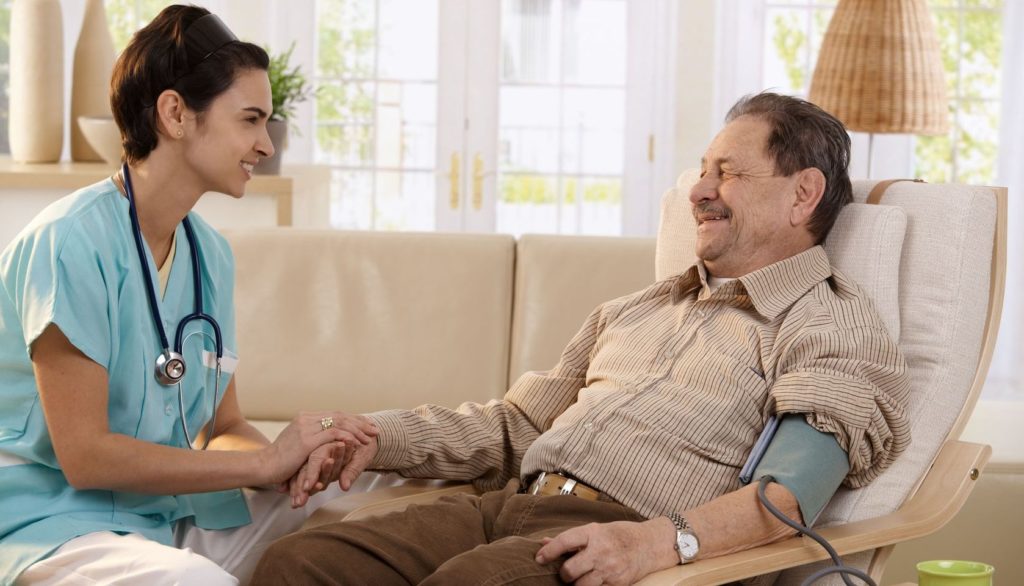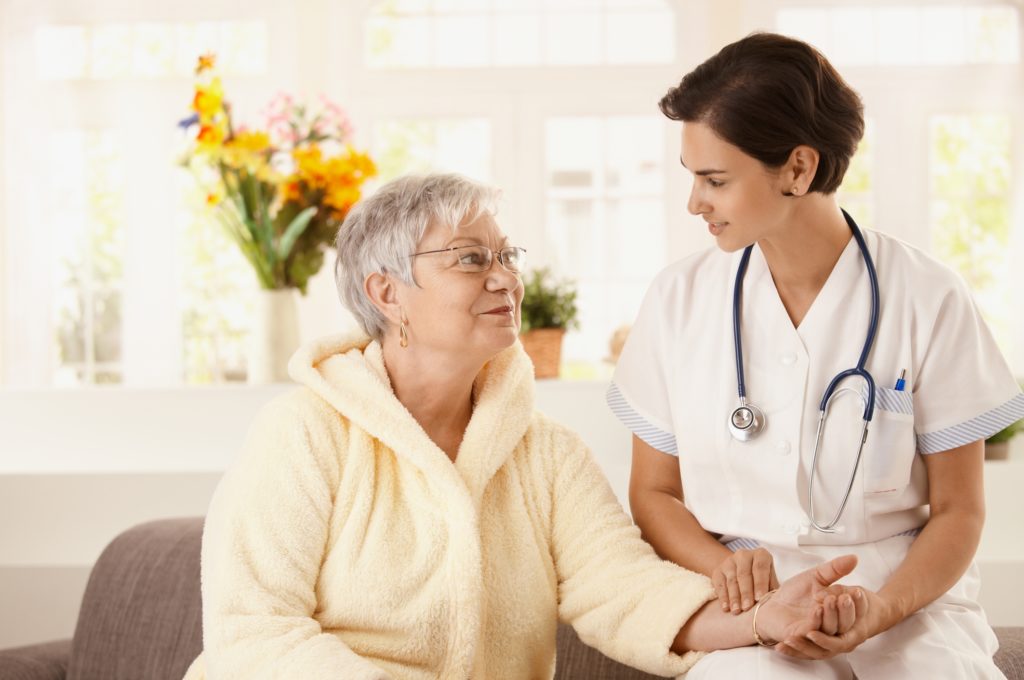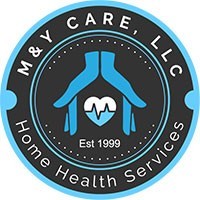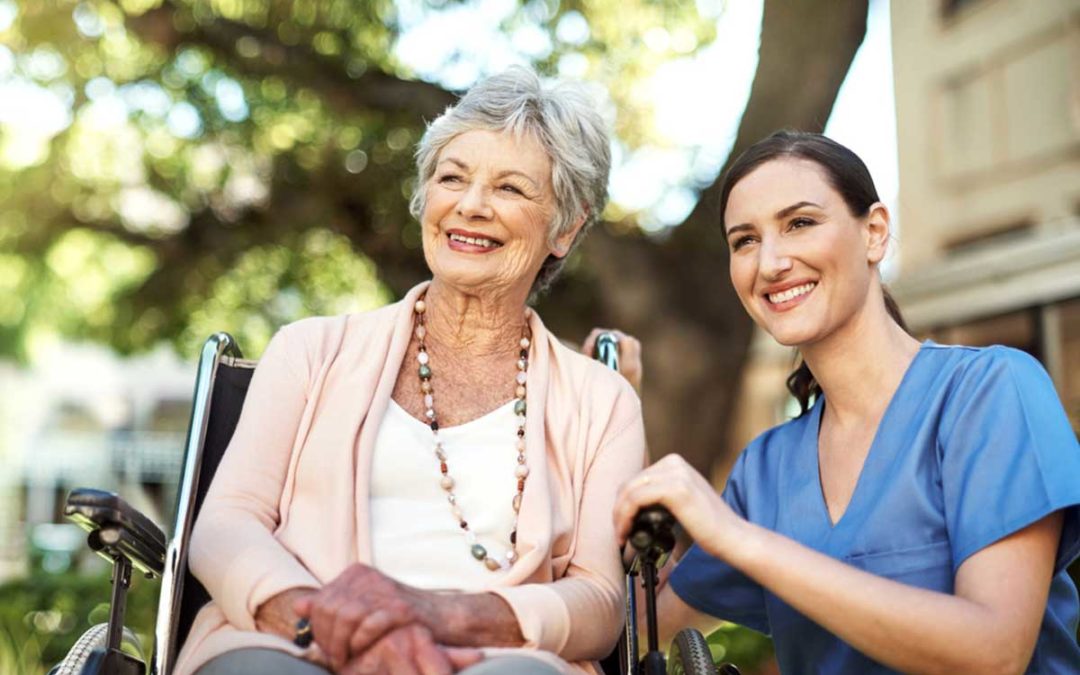Many seniors are living independently in their homes, which is a great way to maintain independence and avoid the cost of assisted living. But there are some safety risks that have been known to cause serious injury or death. Here’s how home health care agencies can help senior citizens stay safe at home.
(A) Home health care agencies offer a variety of services including medication reminders, meal preparation, transportation for appointments and errands as well as personal hygiene assistance such as hair washing and dressing for those who need more support with these activities. These services can be scheduled on an hourly basis or by the day with rates determined by level of service needed (i.e., light housekeeping).
(B) Some additional safety precautions you might want to consider are: Have a professionally installed quality Emergency Alert system in the home. These systems can be worn on a wristband or pendant, while some models use fall detectors that will automatically send emergency responders to your location when you have fallen and cannot get up.

- Put special locks or latches on all cabinets where medications are kept to keep them away from children and pets. Make sure everyone in the house knows where these locks are located so they too can take medications responsibly.
- Place signs by doorways leading outside advising family members not to leave doors open for people who might be tempted to walk out without thinking about it, including children playing outside or neighbors visiting who may enter through an unlocked door.
- Reposition the stove and other appliances that could cause a fire if they should fall against or become entangled with anything.
- Test your home smoke alarms monthly and replace batteries at least once every year, since older batteries typically don’t last as long.
- Install sturdy handrails on both sides of staircases for safety when going up and down stairs.
(C) Home health care agencies can also provide in-home physical therapy which is especially helpful for individuals who’ve had an injury, surgery, stroke or loss of strength in their limbs. A highly trained therapist can show you exercises to improve balance (a key factor in avoiding falls), walking ability (important for preventing loss of mobility and fracture). The therapist may also teach you deep breathing techniques to reduce the effects of chronic illness such as COPD, asthma and congestive heart failure.
(D) Another safety measure you can take is to modify a bathroom, bedroom or any other area that could present a hazard due to a slip or fall. Here are some ways these areas can be made safer: Install grab bars next to where you enter and exit the tub, shower and toilet. This will provide support for those who have trouble getting up from a sitting position. Place non-slip mats in both the bathtub and shower floor. If your home lacks sufficient lighting in dark hallways or staircases consider installing night lights throughout the house so there’s no need to turn on overhead lights at night. Place handrails next to both sides of the bathtub and shower. Install treads on steps so they don’t get slick when wet.
(E) To help you get around your home, consider getting an elevated toilet seat or one that has bars attached so it is easier to get up from the toilet. You might also want to use a raised toilet bowl if you have arthritis in your knees, which makes it difficult for you to sit down and stand up easily off the regular-size bowl.
(F) Lastly, although seniors can live safely at home with all of these safety precautions, sometimes bad things happen no matter what we do. That’s why having a plan in place to manage a crisis or emergency situation is so important. The Red Cross offers a FREE app called First Aid that you can download to your cell phone or tablet that may be helpful in an emergency. There are also many other resources available online that offer additional information on emergencies, what to do ahead of time and how to get help if it’s needed, for example:
Know the Signs – Emergency Preparedness – CDC Senior Safety Center
So there’s no need to live “in fear” about staying at home when aging parents or loved ones are getting older. A little planning ahead of time can go along way towards keeping everyone safe and secure…just the way they deserve!
ADDITIONAL INFORMATION:
The Senior Safety Center is a one-stop source of information on medical and non-medical products and services that can help older adults remain safely in their homes. The Center offers a website with downloadable reports on more than 200 different medical conditions, along with an extensive list of videos from experts about those specific diseases or conditions.
The site also has reports for caregivers as well as home safety guides. In addition to the free-of-charge information available online, the Center publishes Consumer Reports on Health , which summarizes some of the best product reviews covering health care and safety issues compiled by its editors.
This is another great resource specifically designed for older adults and caregivers – all at no cost! If you know someone who has a hearing loss, Over-the-Phone Interpretation Services (OPI) may be helpful. OPI is a service through the Federal Communications Commission (FCC) that provides free telephone interpreting services for people who are deaf or hard of hearing. Visit their website to check out this important resource.

Aging Parents and Safety
5 Ways to Protect Your Loved Ones This article from The Senior List outlines five steps you can take to help your aging parents maintain their independence and remain safe! I am including them here in case you don’t have time to read the full article which is filled with more great tips about how families can work together ensure everyone’s safety.
AARP – Aging at Home Ramps, Handrails, Stairlifts, Wheelchair Lifts, Walk-In Bathtubs and More. Everything you need to “age in place” at home! Check out this article from AARP. It offers a ton of valuable information about products and services that can help older adults remain safe in their homes.
For example, they have a list of five handrails designed to assist seniors whose hands shake when holding on to a standard rail. In addition, AARP shows seven types of stairlifts that may help your aging loved ones climb stairs more easily or safely if they have difficulty going up and down stairs.
The article also shows you how to choose a walk-in tub that will make taking a bath or shower much easier for someone who is weak, unsteady on their feet, has trouble bending over at the waist to bathe or can’t step into a standard tub. Plus, they have a great list of eight common household items that can help prevent falls in the home which is a major cause of injury and death for older adults.
The Senior Centers help older adults find services to support their wellness goals. Some centers have experts on hand who can answer questions about aging parents, financial options, caregiving issues, long-term care/assisted living, legal concerns or even how to cook healthy meals at home.
In addition, some senior centers offer educational programs such as yoga classes or cooking demonstrations. Not only are these events great opportunities to meet new people in your area but they may also provide additional information on how to deal with any safety concerns you may have.
For example, some of the events may include sessions on falls prevention or home safety inspections. It’s definitely worth checking out what your local senior center has to offer and attending one of their community events as soon as possible!
What safety measures should be taken at home?
In general, making a few simple changes at home can go a long way in keeping your loved ones safe and independent for as long as possible. For example, you can check all water lines leading to the toilet or kitchen sink on a regular basis to make sure they are free of leaks.
Also, it’s important to be aware of any ongoing repairs nearby which may cause excess dust to enter the air ducts causing respiratory problems for someone who already struggles with breathing related issues such as COPD or asthma . You should also remove throw rugs that could slide out from under someone.
According to Home Safety Checklist , some other safety tips may include:
Walking safely by using assistive devices like walkers, canes, or raised toilet seats.
Moving around your home safely by using safe lighting, non-slip mats in the tub or shower and rubber handrails on staircases
Going up and down stairs safely by installing sturdy handrails on both sides of the staircase
Getting dressed safely by purchasing clothes that are easy to put on and remove
What do elderly need the most?
According to the article Elderly People Need More Help in Caring for Themselves , such products and services may include:
Assistive devices that help with daily living, such as walkers, shower chairs, raised toilet seats or heating pads that provide warmth without requiring someone to move from a cool spot on the couch.
Home modifications like ramps instead of steps leading up to the front door or handrails along hallways so they can go more places unassisted.
Medical equipment like bedside commodes which are used during nighttime hours when toileting is necessary but getting out of bed is not an option.
Personal emergency response systems which allow them to live independently by pressing a button on their wristwatch if they need assistance with anything such as getting up from the couch or going to the bathroom at night.
Home care services which include visiting nurses, personal care assistants and caregivers who can help with cleaning, cooking, grocery shopping and laundry in order to free up some of your loved ones’ time so they can focus on enjoying their hobbies and socializing with friends when possible.
Community resources that provide transportation to doctor’s appointments for older adults who may no longer be able to drive themselves around town.
These products and services are just a few examples of what your loved one might need in order to maintain their independence and avoid unnecessary hospital visits. However, sometimes all it takes is a little bit of patience and creativity in order to come up with solutions that will help them maintain their independence for as long as possible.
For example, if they no longer feel safe using the stairs in their home, you can look into installing a chairlift to help them get up and down more easily. If they struggle with hand coordination or arthritis, consider buying low-vision products which will make it easier for them to prepare meals without worrying about cutting themselves while cooking.
Conclusion paragraph
The safety of seniors at home is often overlooked, but it’s very important. Home health care agencies can offer a number of services to help you stay safe and independent in your own home. These tips from the experts will hopefully help offset some of the risks that come with living independently as an older adult. If you’re looking for more information on how we may be able to support you or your loved one, please don’t hesitate to schedule a complimentary consultation today!

